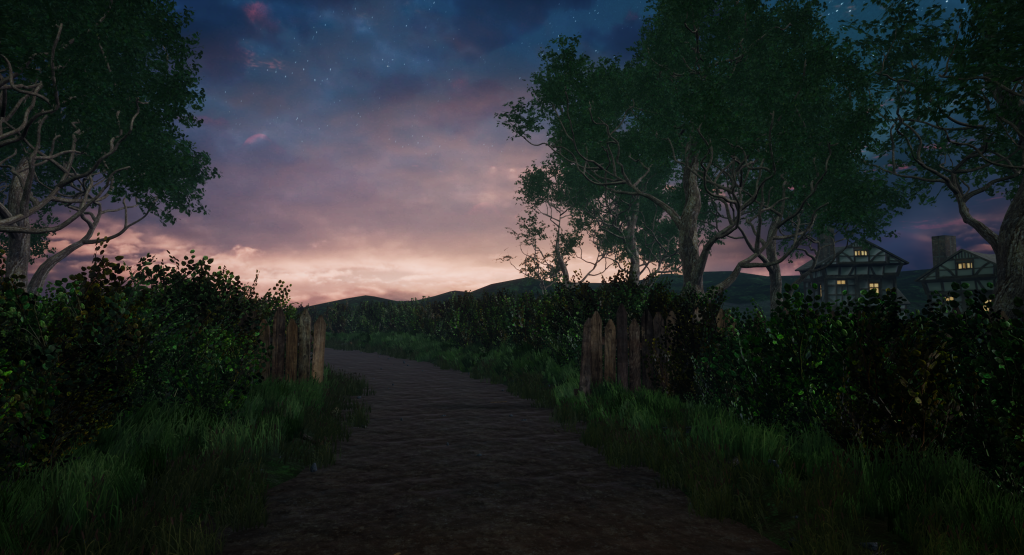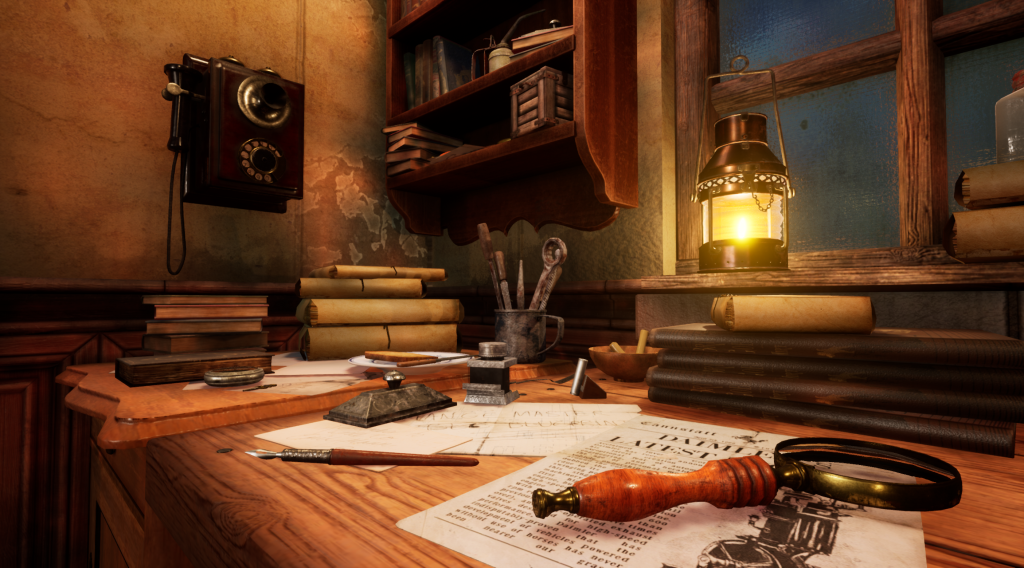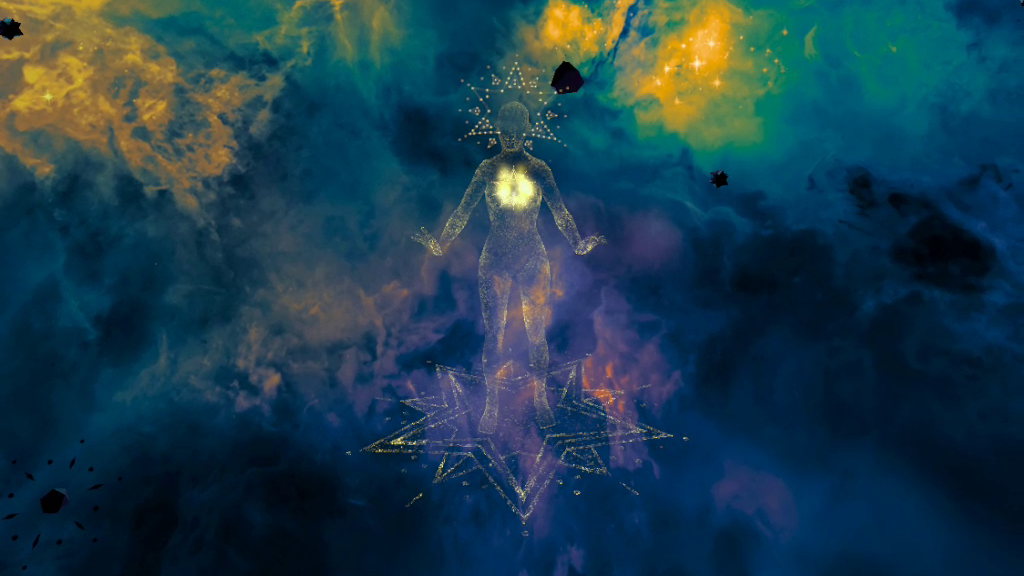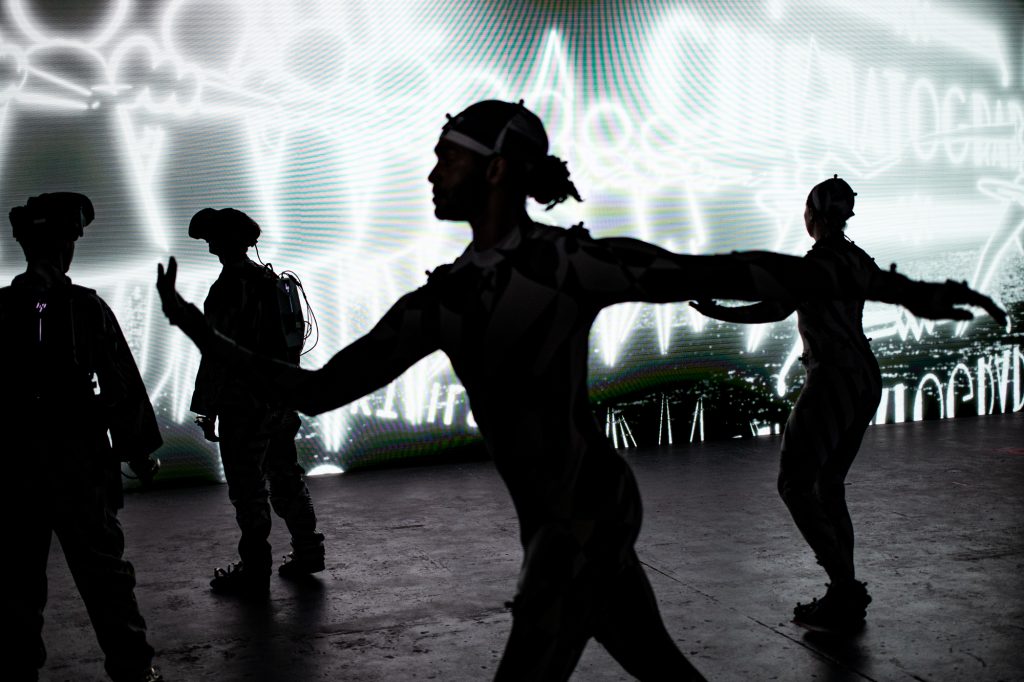Seven Immersive Highlights from the 79th Venice International Film Festival
Our selections along with insight from programmers Liz Rosenthal and Michel Reilhac

It’s a milestone year for the Venice Immersive division of this year’s Venice International Film Festival, which includes 75 in-person experiences set into 5,000 square meters of exhibition space on Isola del Lazzaretto Vecchio—aptly renamed Venice Immersive Island. This is coupled with a VRChat gathering space built for “world-hopping” through virtual projects. Liz Rosenthal and Michel Reilhac, Venice Immersive’s two programmers, meticulously staged the section like an art exhibition dedicated to the future. Their curation includes works in competition, out of competition, a section entitled Worlds Gallery and the Biennale College Cinema VR section, along with events and a special screening.

This year marks a transition from the category’s former name Venice VR Expanded to Venice Immersive, and with it comes a solidification of identity. “We felt very strongly that the field of immersive arts was growing, diversifying and quickly developing its own grammar and vocabulary,” the programmers share via email. “At the same time we are seeing that user experience design, interactivity, presence, agency, spatial mobility… All that typifies immersive arts can now be supported by a wider range of technologies, no longer limited to VR per se.” As such, they wanted their event “to widely reflect the expanse of the creative experience rather than the choice of one technology.”

The title change is quite appropriate as this year’s slate represents so many different styles of storytelling that work with and defy various advancing technologies. “‘Immersive,’ to us, is defined by criteria relating to the user experience: interactivity, spatial agency, sense of presence breaking the fourth wall, brain flexibility in perception and management of multiple realities, facilitating chosen identities, sense of playfulness,” they continue.

After two years with pioneering online components, this year will feature the aforementioned Venice Immersive World 2022 on VRChat. “Anyone connecting with our VR world will be able to access any of the 32 worlds we have selected through portals that we have gathered together in one big virtual hall under the spawning/meeting place,” they explain. “All the making-of presentation videos produced by the artists featured in this year’s official selection will also be presented in a 24-hour loop on the screen of our amphitheater in our virtual garden. And the world will be a meeting place for people not physically present in Venice with us.”

“Venice Immersive is still to this day the only official competition of creative immersive content within the frame of an A-list international film festival,” Rosenthal and Reilhac conclude. “The three awards that are given to the best experiences receive the same lion trophy as the feature films, on the same closing gala night. This helps elevate the global perception of immersive as a fully fledged new art form on the same level as cinema. Even though the language of immersive is growing into its own, different from the language of cinema, the festival brings the glamour and prestige that gives visible legitimacy to the new art of immersive content.” And, they add, “In exchange, the immersive competition brings a flair of open mindedness, exploration and a new energy to the traditional film industry.”
The seven highlights below represent a broad range of in-competition works from the 79th annual La Biennale di Venezia.

Fight Back
A highly imaginative and engaging 40-minute animated adventure, director Celine Tricart’s Fight Back allows participants to play the part of a newborn star and defend sister stars from the darkness. Beneath this layer of storytelling, however, are actually—physical—lessons on self-defense, as Tricart’s mission aims to combat gender-based violence. The VR work employs state-of-the-art hand-tracking technology to transform the game into something more.

Dazzle: a Re-Assembly of Bodies
Directed by Ruth Gibson, Bruno Martelli, Alexa Pollmann and Bine Roth, Dazzle: a Re-Assembly of Bodies is a performance-based work featuring live dancers, that incorporates real-time virtual production. Running for 45 minutes, the extraordinary experience addresses the unique sensation of embodiment in mixed realities.

Thank You For Sharing Your World
Produced by Japan’s Kodansha VR Lab, Ltd and directed by Yu Sakudo, Thank You For Sharing Your World is a vivid depiction of scenes imagined by a blind boy named Takashi who lost his sight at age 10. The 33-minute interactive VR animation is a testament to imagination, along with the enduring power of friendship.

Recontre(s)
An imaginative, multi-sensory 360-degree animated film, Recontre(s) brings participants back to 1921 and into the shop of famed perfumer Ernest Beaux. The 10-minute work—from writer/director Mathias Chelebourg, founder of the Atelier Daruma production company, in collaboration with a team from Chanel (who acted as co-authors and art directors)—features the voice of Marion Cotillard and delves into the mythic creation of Chanel N°5.

Mrs Benz
The untold story of the passion and drive behind Bertha Benz, wife of Karl Benz (creator of the world’s first motorcar), the 45-minute animated work Mrs Benz transports viewers back to Germany in 1886. Directed by Eloise Singer, the VR piece empowers participants as they explore the workshop, history and life of a woman who changed the course of the world.

The Man Who Couldn’t Leave
From Taipei-based production companies The Walkers Films and Outland Film Production, and commissioned by Taiwan’s National Human Rights Museum, The Man Who Couldn’t Leave finds protagonist A-Kuen (a political prisoner) sharing emotional stories of detainment from the 1950s in the former Green Island prison. Directed by Chen Singing, the moving 35-minute virtual reality work references real experiences from the time.

FRAMERATE: Pulse of the Earth
A time-lapse film divided across multiple screens in one immersive installation, FRAMERATE: Pulse of the Earth knits together landscape-scale footage captured with a LiDAR 3D scanning system by directors William Trossell and Matthew Shaw (founders of the UK-based creative studio ScanLAB Projects). Running on continuous 20-minute loops, the poetic presentation of real-life change happening on our planet is a demonstration of immense technology and built upon scientific data.
Hero image from Dazzle: a Re-Assembly of Bodies, courtesy of Ruth Gibson, Bruno Martelli, Alexa Pollmann, Bine Roth












